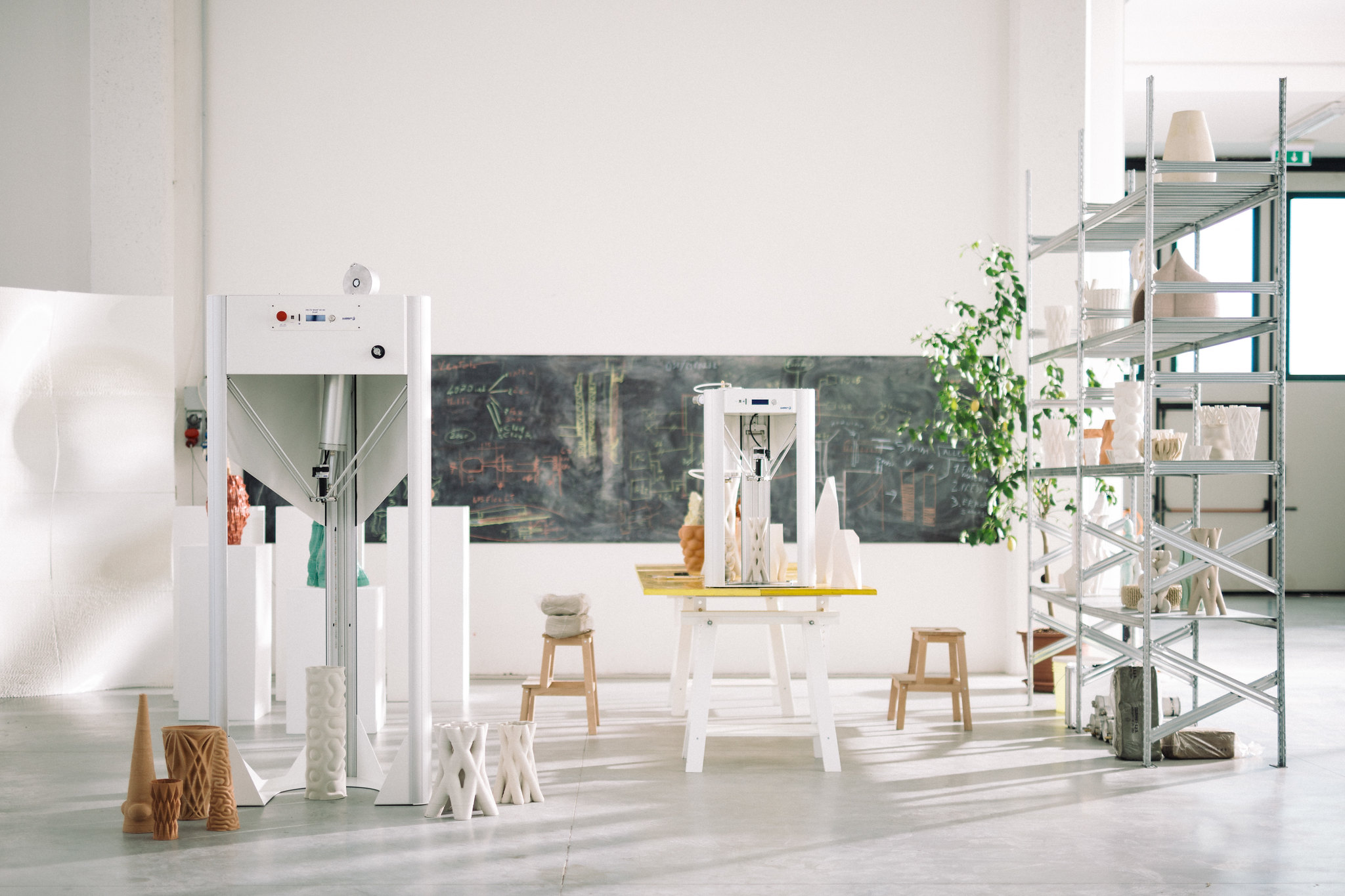
CERAMIC RESIN
Rounding out the options for consumer-level printing of ceramics are resin ceramics, although admittedly this option may be challenging for most. Formlabs has a technical ceramic resin, Alumina 4N (Figure I), available only for use on its Form 3+ printer; it requires a compatible build platform and tank as well. The intended use cases are high-temperature, high-strength, intricate engineering parts that would be difficult to fabricate in other ways, and that can withstand corrosive environments. As always, resin printers shine for tiny parts requiring fine features.
At $1,299 for a liter, this resin is not intended for hobbyist use. (In fact, the Formlabs store page for Alumina 4N makes you check a box acknowledging that you will need more equipment and experience before it lets you put it in your cart.) The resin has ceramic particles mixed into it, which is obviously challenging for a technology that relies on illuminating resin to cure it. The abrasiveness is problematic as well, since SLA printers need to keep their trays clear and free of scratches to perform well. Bottom line: not for SLA printer beginners.
In addition, parts printed with this material have to be washed in a unique Ceramic Wash Solution since they will crack in the usual isopropyl alcohol used for cleaning, or for that matter, in water. Then parts must be thoroughly dried and then fired. Formlabs predicts shrinkage of 22% in the horizontal plane and 26% in the vertical. If you’re thinking about it and own a printer, read Formlabs’ documentation of the process and printer settings before embarking. And of course you’ll need to obtain a kiln capable of maintaining the required temperature profiles.
If you are very experienced and have a compatible Form 3+, and you need a technical part that can’t be formulated with one of the other ceramic techniques we’ve discussed to this point, this might be your only 3D printing option.
GOING REALLY BIG
Now that we’ve progressed from direct-printing pieces on the order of half a meter tall down through delicate technical pieces, let’s consider what happens if you want to create something on the scale of a house. Creating adobe and brick dwellings is arguably the oldest additive manufacturing, and you might ask whether ceramic printing techniques can scale up to create house-sized objects.
Printer company WASP, mentioned earlier in this article, has created an experimental 3D printer (Figure J) to create buildings out of locally available materials, like one they have dubbed their Gaia house (Figure K). Their goal was to use readily available soil, lime, and waste fiber from agriculture, converted into building materials. They have since gone on to accept building challenges in other materials, and it will be interesting to see whether concrete or clay-like 3D printing eventually wins out in this space.
THE BOTTOM LINE
3D printing ceramics with consumer-level equipment is not only possible, but a vibrant space with a growing number of competitors. We have given a representative sampling here, but if you have an application you want to try, you should do a bit more searching to see which of these options makes sense for you.
From an economic point of view, if you imagine yourself doing a lot of parts and extremely fine detail is less critical, a special-purpose paste printer is probably the way to go. The material will be cheaper than filament by one or two orders of magnitude, and it may be easier to do your own material experimentation. You’ll need to invest in a printer, kiln, and peripheral equipment like a compressed-air source.
Filament lets you get started more cheaply, particularly if you already have a suitable printer (with a hardened nozzle) and kiln. What type of filament you use will be driven by the precise material you want, and what type of debinding and post-processing you feel comfortable doing.
Resin ceramic printing is likely to remain the domain of industrial applications for a while, although one never knows in 3D printing when something innovative will come down the pike.
And of course we hope that our friends at WASP are indeed at the forefront of a trend to build substantial, attractive housing with local materials where people might otherwise be in tin-roofed shacks at best. We hope to hear more innovative applications of ceramic 3D printing at all scales in the near future.
This article appeared in Make: Volume 88.